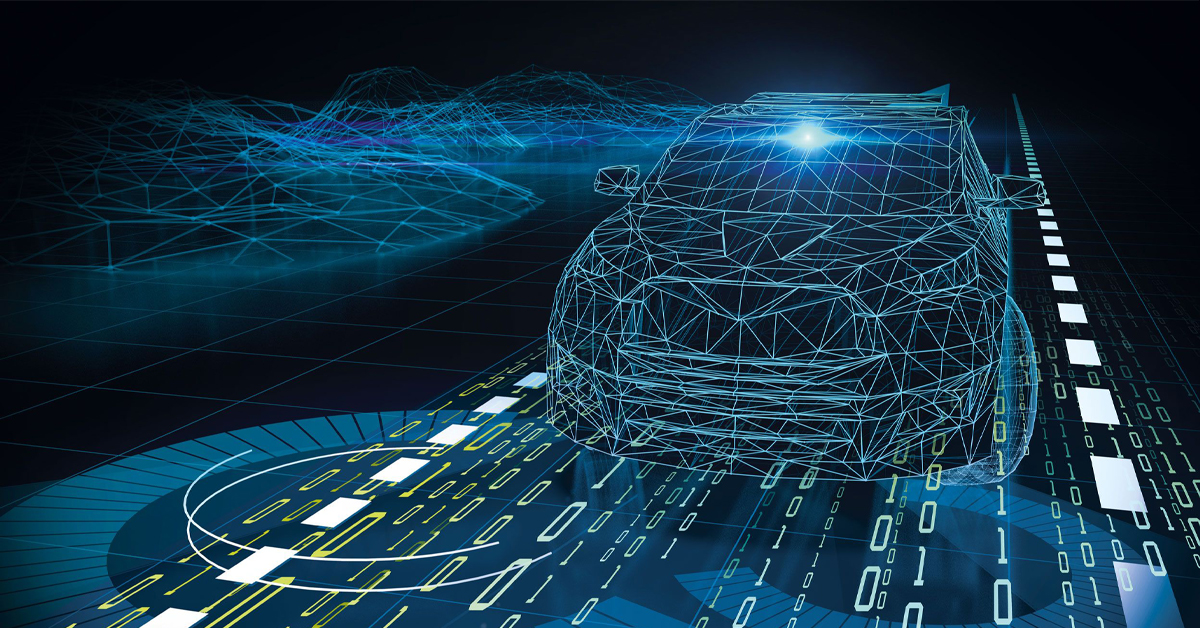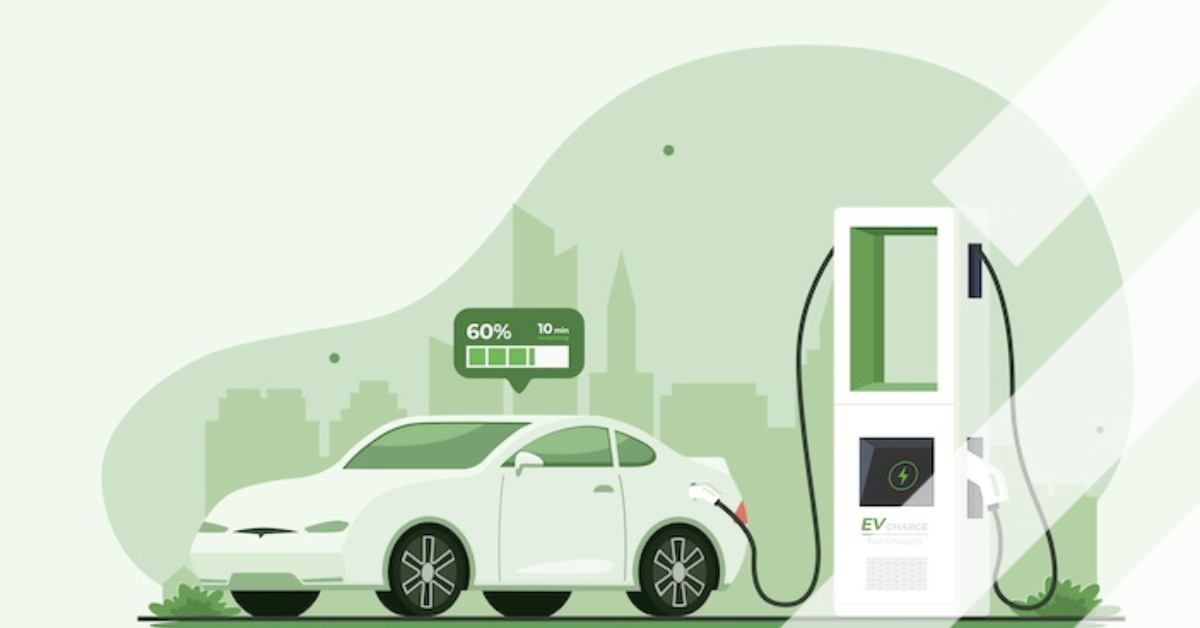Intro
From the rise of electric vehicles to autonomous driving to fluctuating demand, the parking industry is facing ever-changing challenges. Rapid digitisation, environmental concerns, and a demand for better city planning have pushed the parking industry to innovate. But of all these innovations, what truly has the potential to create a disruption and take us down a new path?
Disruptive innovation in parking, like any other business, can be a murky topic. To begin with, we need to lay out what disruption really means, how it affects parking providers, and the long-term goals of these disruptions.
What is Disruptive Innovation?
When it comes to business disruption, an apt saying is “all disruptors are innovations, but not all innovations are disruptors”, which leads us to conclude that disruption is a higher form of innovation. Disruptive innovations create a new niche or market or add a value chain that didn’t exist before. According to Clayton Christensen, a professor at Harvard Business School, “a disruption displaces an existing market, industry, or technology and produces something new and more efficient and worthwhile”.
Industry disruption is catalysed by new entrants in the field, often with fewer resources, that challenge the existing businesses. In most cases, disruptive innovation targets either a customer segment that has been overlooked or provides alternative solutions to problems in the industry. The solutions delivered are often lower priced but more tailored to specific customer needs.
If effective, these disruptors capture market share and move upmarket. For the parking industry, a significant disruptor is the adoption of digital business models in which parking revenue is earned via apps and websites. Apart from opening up new avenues of growth for parking operators, parking providers, and others in the industry, disruptive technology has also given customers a wider range of choices that are more accessible than ever before.

Text and photo1
An example of this disruption in parking is Mobypark which combats issues around parking with a model based on shared value, meaning that value is created at all levels and for all the stakeholders. Mobypark is a shared parking platform for parking space owners to share their resources with people looking for parking spots- this helps bridge the supply-demand gap in parking while creating an easy and extra revenue stream for parking owners and helping customers find parking efficiently.
Catalysing disruption in the parking industry
For a long time, parking and innovation have had a tenuous relationship. The slow-changing nature of the parking industry has largely resisted change for both on-street parking and off-street car parks.
On-street parking is typically controlled by cities and municipalities, and these institutions are known for being slow to change, especially making technical changes. While contactless mobile payments have penetrated the on-street parking segment, scalable and innovative solutions are still rare.
Even contactless payment has had its issues in cities like Honolulu and Reno in the United States which have had to revert back to older forms of payment when their digital kiosks malfunction. Parking Guidance and Information (PGI) systems were developed to provide drivers with dynamic information and direct them to vacant spots but the system has shortcomings. First, multiple drivers may be directed towards the same spot and guiding more drivers into a particular area can increase congestion. Second, the system is more concerned about finding any parking spot, rather than finding the best one. This can imbalance parking space utilisation.
Off-street parking (i.e., garages and surface parking lots) is largely owned by private businesses and would be expected to move faster when it comes to innovation but we see the same trend of slow adoption here as well.
Technology has been the biggest driver of disruption in the mobility and parking sector. Touchless technology, particularly contactless payment, has optimised revenue streams for parking owners while improving the overall parking experience for customers. Updating payment technology to meet evolving customer needs shows that the parking industry is not resistant to change and can be versatile and open to disruption in an ever-changing economic landscape.
Disruptive innovation has also come in the form of data-driven business models that help parking operators streamline their services to maximise efficiency and generate demand. Parking trends vary daily and it’s now easier to have a real-time view of occupancy, transactions, and overall operations. Parking owners can adapt to real-time changes in demand and identify high-traffic times. Insight into high-traffic times allows parking operators to adjust rates to optimise revenue generation and maintain efficiency. Platforms like Mobypark help parking owners remain flexible towards demand and allow them to change their availability on an hourly or daily basis.
Over time but particularly in the last few years, parking providers needed to reach customers where they were, which is online. Once again, technology has played a vital role here, bringing digital marketing and targeted advertising to the parking industry. Targeting customers based on their interests, locations, and events around them has helped parking providers promote their services in a customised manner. Generating a steady stream of customers has become much easier with the improved adoption of technological solutions.

Text and photo2
Lastly, a green revolution in the automotive industry has interesting implications for the parking sector. As the adoption of electric vehicles continues to grow, parking has to double up as charging stations as well. Electromobility will continue to grow and the demand for charging points will rise along with it. We have to rethink traditional parking lots to be mobility hubs that offer a variety of services to customers.
changing the future of cities with disruptive innovation
Parking is a fundamental part of any city, from commuting to leisure to deciding where to live and work. Considering the role of parking makes it clear that parking management is a powerful tool to promote sustainable mobility systems, more efficient city planning, and better quality of life.
As traffic increases (whether electric, autonomous, or traditional), cities will continue to see a growing demand for parking spaces. When motorists can’t find parking, they spend more time driving around, contributing to congestion, emissions, and general dissatisfaction on the roads. Smart parking solutions, rather than the construction of new lots, is the way forward. Public space is a valuable resource and making parking spaces more efficient is the best way. Well-managed parking can make our urban spaces more livable, breathable, and less congested.
Parking management has often been overlooked, often until the problems have spiralled out of control or until a city decides to gain revenue from parking. This reactionary attitude towards parking planning has only promoted car use while making cities harder to navigate, making congestion worse, and lowering air quality. Instead of focusing purely on developing new infrastructure, cities now need to look at how to maximise the parking they already have.
Technology is a beacon of hope for the future of parking, taking us down a path of further automation, seamless integrations, and a better experience for everyone involved. There was a time before ridesharing became ubiquitous and now we hardly remember what it was like without these applications at our fingertips. Similarly, parking technology can become an essential aspect of the driving experience in smart cities. No more driving around in circles, looking for that elusive parking spot. Integrated calendars, seamless booking pathways, and real-time updates are here.
Technology is the great disruptor in the parking industry, enhancing customer experiences and opening new business opportunities for parking providers and operators. How we integrate these technological changes into urban planning and daily life could have lasting changes in how we view commuting and urban living itself.
RELATED ARTICLES
WHY ARE PARKING SPACES SO SMALL?
SMART CITY LEUVEN ON A MISSION
HOW DOES PARKING SHAPE CITY PLANNING?
Share your story
Do you have an innovation, research results or an other interesting topic you would like to share with the professionals in the infrastructure, traffic management, safety, smart mobility and parking industry? The Intertraffic website and social media channels are a great platform to showcase your stories!
Please contact our Sr Brand Marketing Manager Carola Jansen-Young.
Are you an Intertraffic exhibitor?
Make sure you add your latest press releases to your Company Profile in the Exhibitor Portal for free exposure.
Get up to speed on the mobility industry - our newsletter straight to your inbox!


